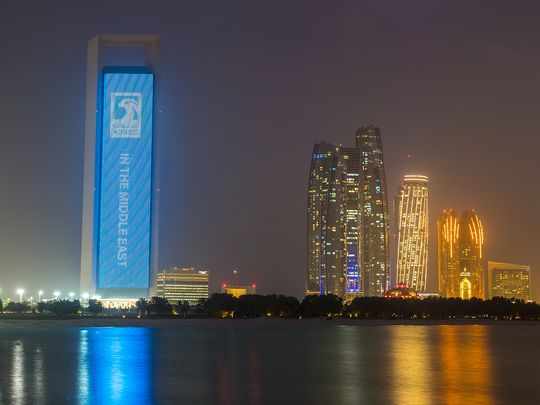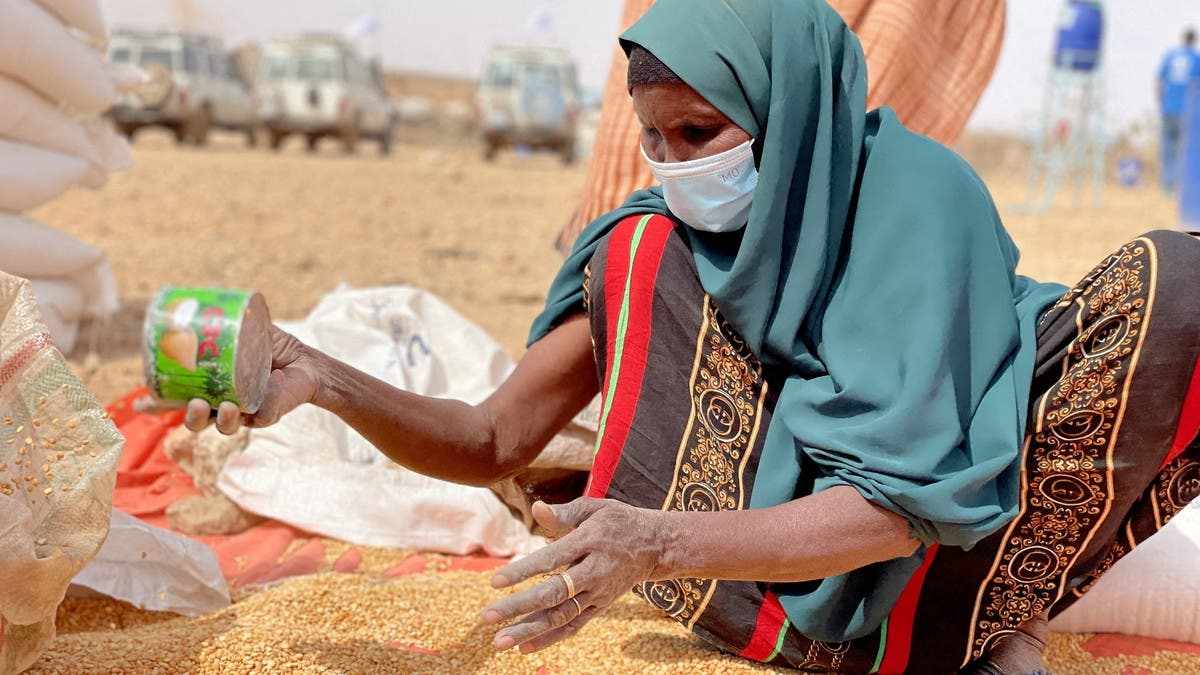Scaling Ammonia Production For The World’s Food Supply
- Date: 29-Oct-2021
- Source: Forbes
- Sector:Oil & Gas
- Country:Middle East
Scaling Ammonia Production For The World’s Food Supply
Nitrogen is a key nutrient in agriculture, making abundant ammonia a must worldwide. The world has a massive and rapidly growing appetite: more than 7. 6 billion mouths to feed currently, with another 2 billion expected by 2050, according to the United Nations. That growth rate could strain global food supplies, leaving too little for too many in some regions. Farming relies on a range of innovations to boost crop yields – think genetically modified crops and AI-driven agriculture. But for many parts of the world, greater access to fertilizer is the key to feeding communities. Plants absorb more nitrogen than any other element, making it possibly agriculture's most important nutrient. A report by the UN predicts total global demand for nitrogen for fertilizer will have increased by 6% from 2017 to 2022. With this trend set to continue or even accelerate, maintaining an adequate supply depends on a chemical compound where nitrogen occurs in high concentration: ammonia. Its production will be vital in delivering sufficient fertilizer to feed the planet's growing population. The world's biggest ammonia facility, currently under construction an hour south of Houston, is expected to play an important role. The Gulf Coast Ammonia (GCA) plant in






















